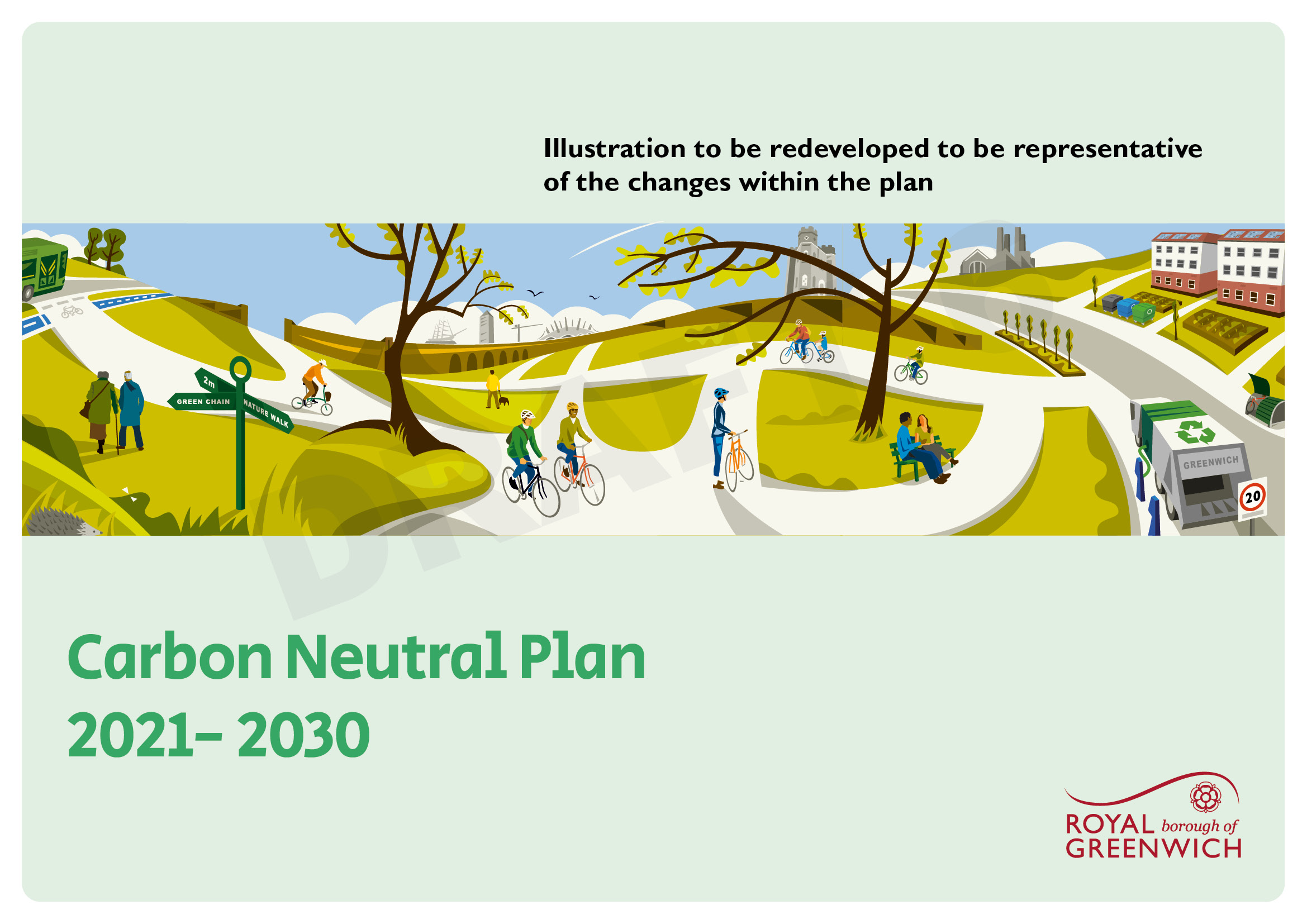Home
Energy Supply
Energy Supply
We need to think about how our energy is generated, distributed, and used. We need to use more energy from clean renewable sources and help build businesses that create local renewable energy.
Our ambitionsThe National Grid manages Great Britain’s electricity and gas supply that powers all our homes and businesses.
What is renewable energy?The National Grid is becoming greener with the help of large-scale solar panels and wind turbines. The Grid balances how much energy we need with how much can be supplied at any time. For example, demand is higher at the start of the evening. To tackle the climate crisis, we should be reducing how much energy we use and using energy from renewable sources.
Heating traditionally relies on the combustion of natural gas. But, we can generate renewable energy from resources around us:
Renewable energy sources can heat your home while reducing your energy bills and your reliance on fossil fuels used to generate electricity. As well as helping the environment, making the switch to renewable energy can save you money.
What are District Heat Networks?Most electricity is generated nationally, but locally generated energy is growing. In Royal Greenwich, we are building local networks that will supply homes with heat, these are called District Heat Networks (DHNs). We want to connect these heat networks to low-carbon heat sources, like the heat that is wasted from industrial facilities, or heat from the air or ground.
This is the start of an on-going engagementThe Council can’t do this alone. It is essential that residents, businesses and organisations take shared ownership of this plan to jointly make the changes that will be required over the next ten years.
We need you to help shape this Plan. By having your say you can help to build a coalition of individuals and organisations, to work together to set us on the path to becoming carbon neutral.
If you're not already on our mailing list , but would like to be kept informed, please opt in to receive future updates.
Additional materials


This engagement phase has finished

...
